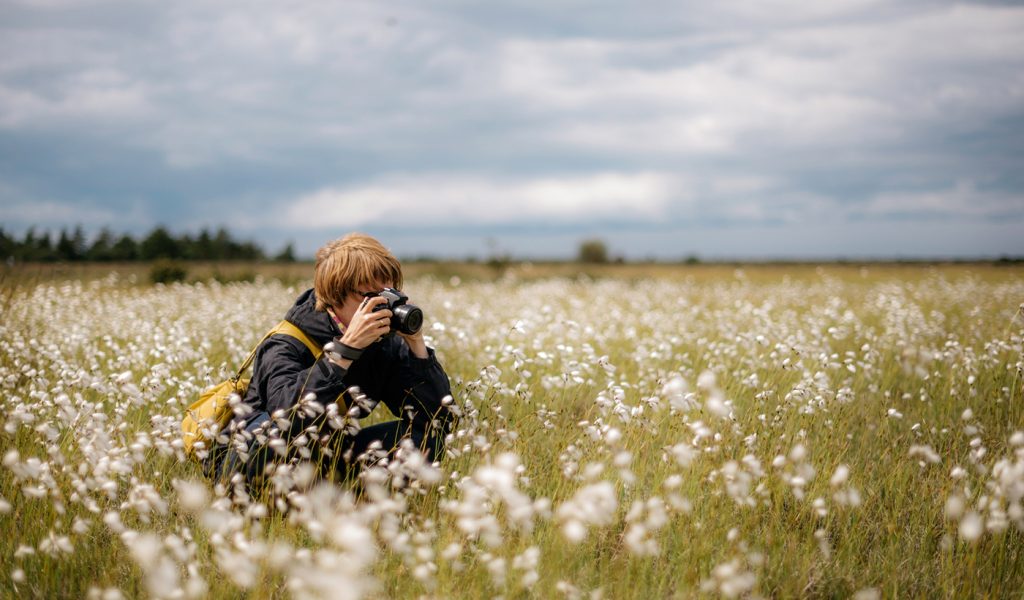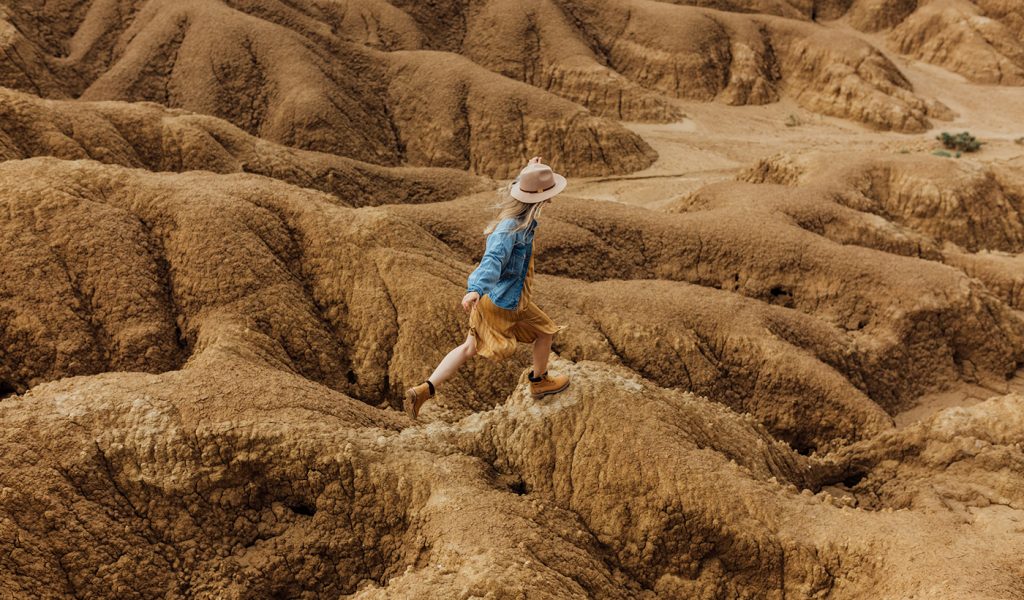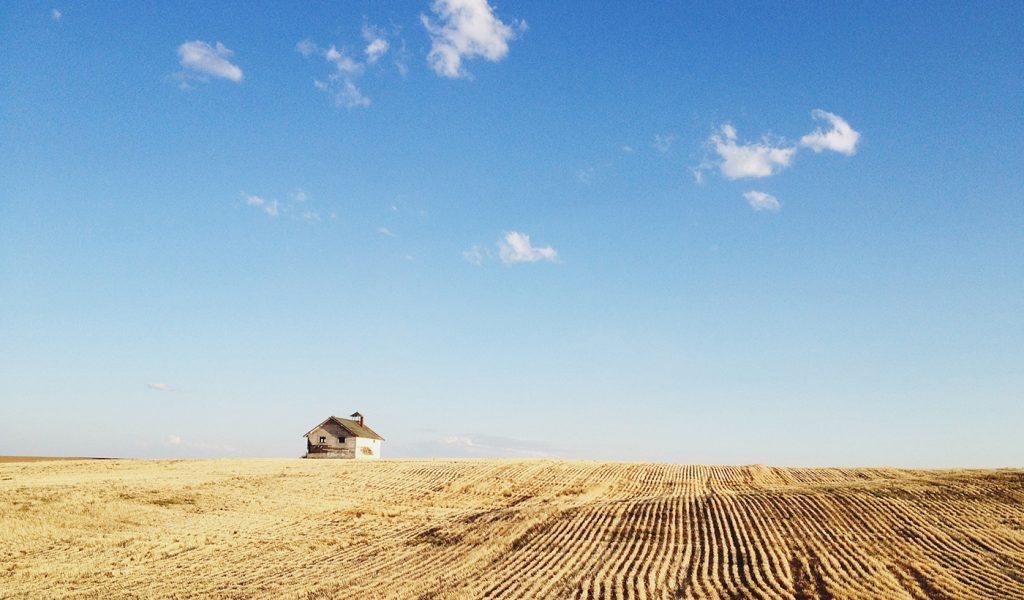12 Landscape Photography Tips
It’s no wonder photographers of all skill levels are drawn to landscapes. You get to plan your own adventures to beautiful destinations near or far, spend quality time in nature, and practice your technical and creative skills. What could be better?
The natural world also provides plenty of surprises and challenges that all photographers can learn from, so landscape photography is a great subject to explore behind the lens. Before you set out on your next excursion, check out these landscape photography tips to help you capture even better images.
1. Find a focal point
It’s tempting to snap a quick shot of a gorgeous vista and assume the beauty will instantly translate in the image, but even nature photos of the most stunning settings can feel empty without a focal point. That’s because the human eye naturally searches for a point of interest. When you compose your landscape shot, choose a specific focal point (trees, mountains, buildings, shadows, or clouds) and be intentional about where you place it (foreground, background, off-center).

2. Add leading lines
One way to draw your audience into the scene is to use natural lines in the environment. Look for a road, tree branch, rooftop, ocean wave, or horizon line that can help guide the viewer’s gaze to your focal point. Leading lines are also great way to add depth, scale, or compelling patterns to your landscape photos.
3. Pay attention to depth of field
Depth of field refers to the distance between the closest and farthest subjects in a photo that appear in focus. It’s a great technique for landscape photography. Sometimes you want elements in the foreground in focus while blurring things in the background, or vice versa. With natural vistas, most people want a maximum depth of field (to keep mountains in the background and trees in the foreground looking sharp). That requires a smaller aperture, for example f/16 or f/22. Since less light will be hitting the image sensor, you’ll need to increase the ISO or slow down the shutter speed.
4. Learn to use a tripod
A tripod is essential when you’re photographing landscapes in low light with a slow shutter speed, because you need to keep the camera absolutely still to get a sharp image. You may also need a tripod when you have to increase the ISO in order to preserve a quick shutter speed. If you’re walking around in daylight and using a high shutter speed, you can capture great nature photos without one. It’s all about practice, and knowing when the extra stability matters.
5. Incorporate people
With all the natural wonders before you, it’s easy to forget about including human elements. But variety is key! Bringing people into your landscape photography can add a great sense of scale, action, and dimension to the scene. Try using the rule of thirds and placing the subject off-center so the eye has somewhere to land.

6. Vary your perspective
A great tip for your landscape photography is to change up your perspective. If you take all your photos at eye level with a basic left-right-center series of shots for each landscape, you’ll end up with a lot of repetitive images in your photography portfolio. To keep things creative, you have to be willing to mix it up, get down low, or hike a little higher to find a new vantage point. But that’s part of the fun, right? Spending even ten extra minutes scouting the area could reveal amazing details or perspectives you might have otherwise overlooked.
7. Use photographic filters
Most of us have experience adding digital filters to our images in post-production, but it’s also worth experimenting with physical filters that attach to your camera lens. To improve color saturation, enhance contrast, and reduce glare, go for a polarizing filter. You’ll see darker, more intense blue skies and whiter clouds. A neutral density filter can extend the length of exposure while preventing too much light from entering the camera, so it’s easier to shoot at high noon or in bright light.
8. Try a wide angle lens
Wide angle landscape photography allows you to capture the beauty of nature on a much larger scale. If you haven’t already discovered the power of a wide angle lens, give it a try! You’ll be able to capture more expansive panoramas and create a spacious feeling, so your nature scenes have even more impact. A wide angle lens also lets in more light so you can use a faster shutter speed, and it creates greater depth of field (subjects at different distances appear sharp).
9. Try capturing movement
We tend to associate landscapes with still, serene settings, rather than action. In reality, many things in nature are in motion and can add drama to your photos. Keep an eye on objects moving in the wind, waves hitting the shore, waterfalls, birds, and clouds. A good tip is to use a long exposure time of 2 seconds or more (and a tripod!) to capture the blur of movement while keeping the rest of the image in focus.
10. Remember the horizon line
It might sound obvious for landscape photos, but always check the placement of the horizon line in your images to see if it’s straight. Tilted horizons can be jarring and are much harder to fix after the fact. Consider placing the horizon line one-third of the way into the top or bottom of the frame (though an argument can be made for placing it directly in the middle, depending on other objects, shapes, or textures in the scene).

11. Don’t limit yourself to the golden hour
Some landscape photographers swear by the golden hour—the hour before sunset and the hour after sunrise—because the angle and subtle quality of light creates unique patterns, textures, and dimensions that are irresistible. While this is an especially magical time for shooting landscapes and reflections on water, there is plenty to learn at other times of the day. So have fun taking photos whenever you can get out into the natural world!
12. Be patient
Nature comes with all kinds of variables, and getting the perfect shot can require patience. So be prepared to spend some time at each photo site. Notice subtle changes in light or texture as you look around, and try to embrace the weather (remember rainbows, water droplets, and dark skies can make beautiful photos!). You may even want to return to the location another day to try new techniques. Wherever you go, take some time between photos to simply relax and enjoy the beauty of the moment.
Do you have a collection of landscapes or travel photos that would make a beautiful book? Get started today!

